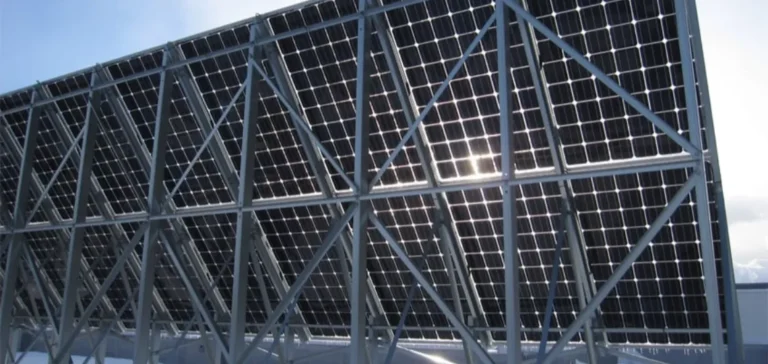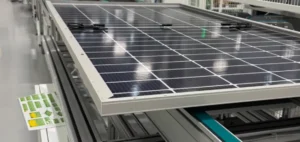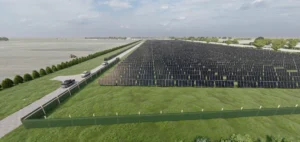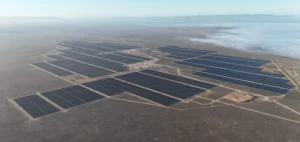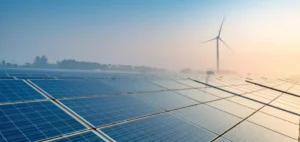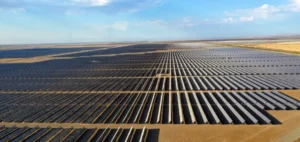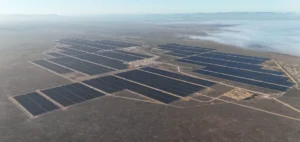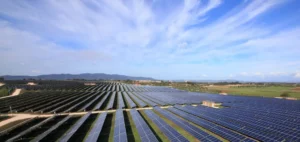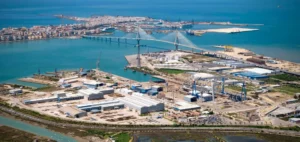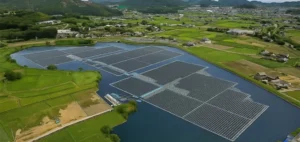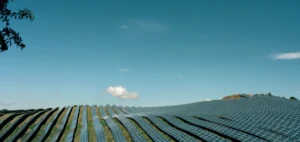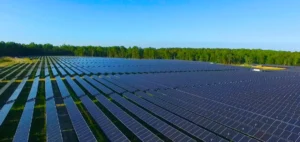Hokkaido Gas announced it commissioned the Kamishihoro solar power plant with a capacity of 2MWAC on October 1. The facility, located in Japan’s northern Hokkaidō prefecture, now feeds electricity into the local grid through Karch, a power supplier partly owned by the municipality. The project is part of a local energy production and distribution initiative launched in 2017.
An annual capacity equal to half the town’s household demand
The plant, installed on a six-hectare plot leased from the town, is expected to generate approximately 4.4GWh per year. This output covers around 50% of Kamishihoro’s annual residential electricity demand. The electricity produced is sold to Karch, which handles retail supply to households and businesses within the town.
The facility uses bifacial solar modules, allowing for increased light capture, including reflection from snowy surfaces. According to technical specifications, these panels can boost output by 6% compared to standard modules, especially during summer sunlight and winter snow coverage.
A construction project led by local contractors
Construction began in September 2024 and was completed by Obihiro-based company Okada Kensetsu. The project’s nominal capacity is reported at 3.96MWDC.
The power plant is part of a public-private partnership between Hokkaido Gas, Kamishihoro Town and three other entities, established to promote local energy autonomy. It follows a biogas facility operated by the municipality using agricultural waste sourced locally.
Territorial strategy for decentralised production
Kamishihoro was designated a “Decarbonisation Leading Area” in 2022 by Japan’s Ministry of the Environment, enabling the development of small-scale energy projects. The initiative aims to reduce reliance on external sources while making use of otherwise unused land.
Established in May 2018, Karch includes investments from the town, Hokkaido Gas and four other firms. In addition to power retail, the company is working on tailored energy solutions for local needs.


